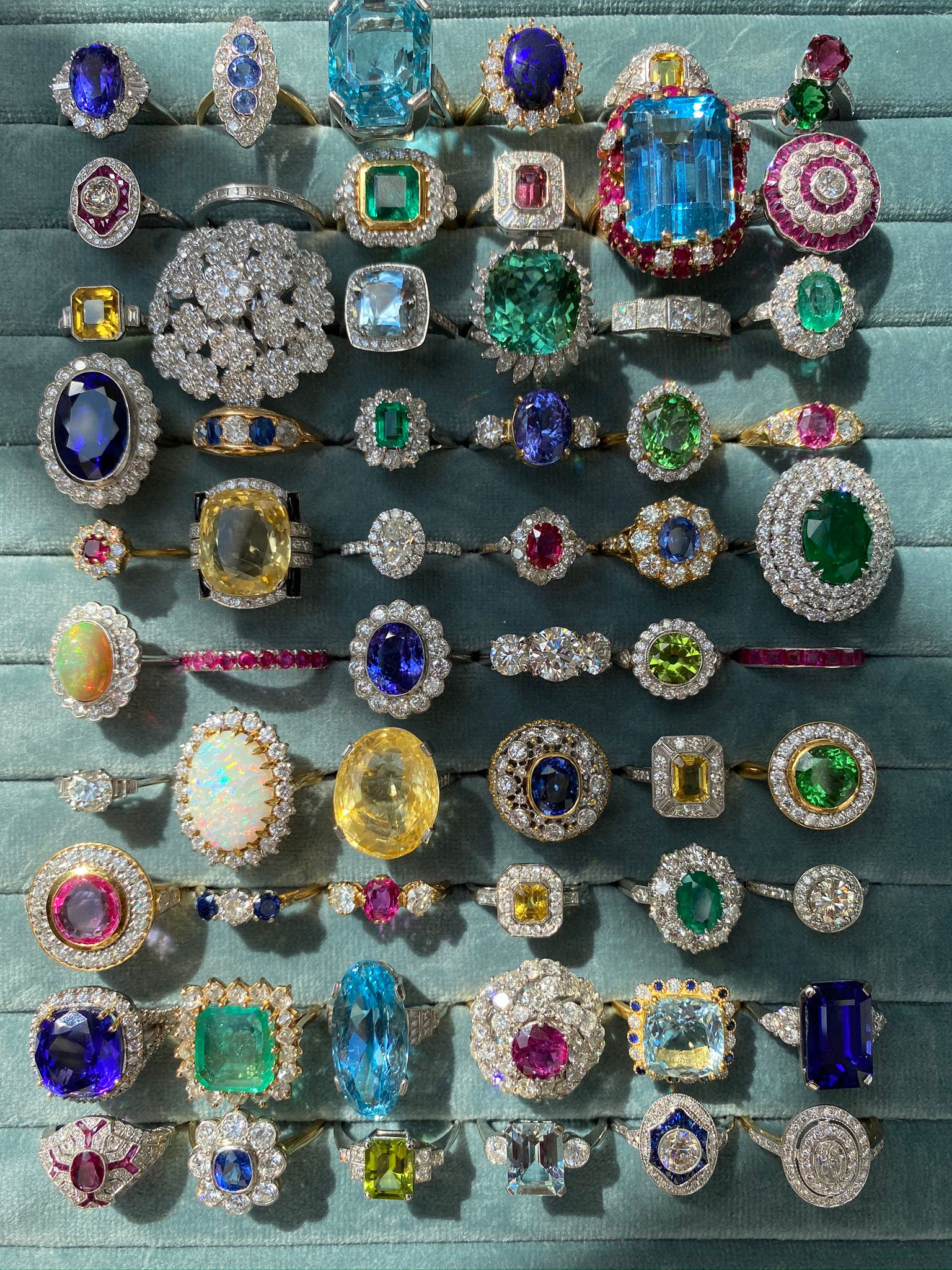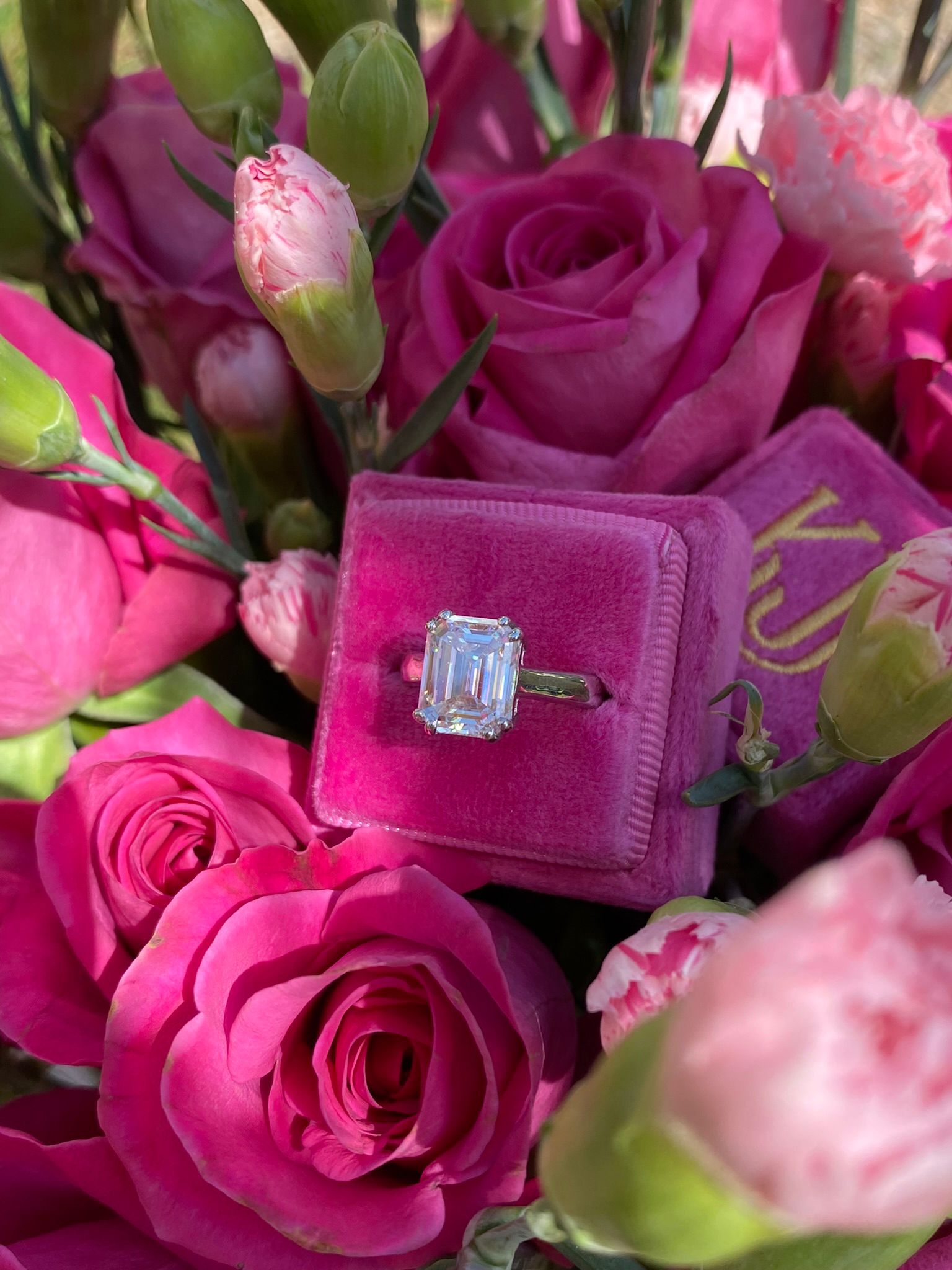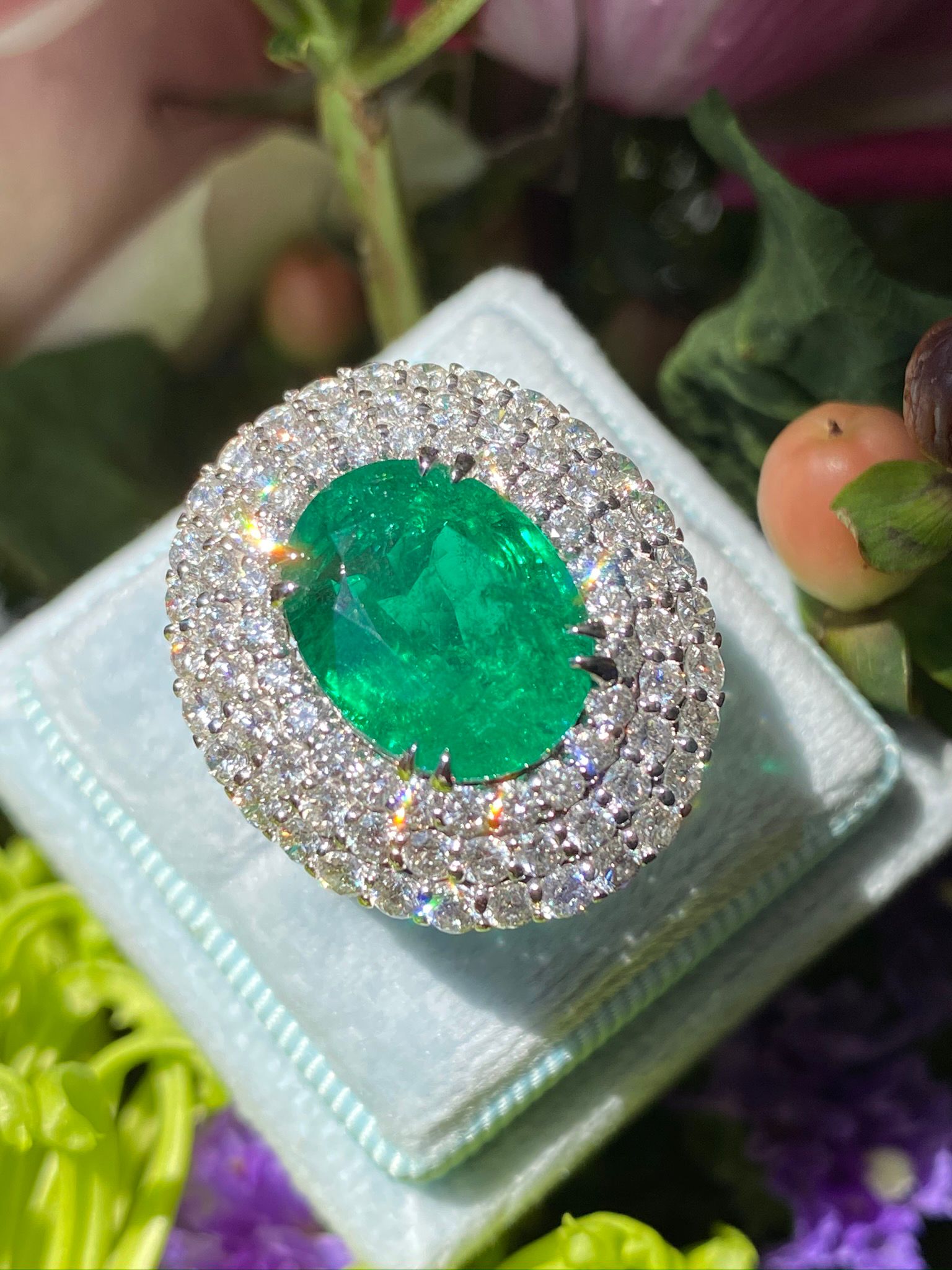How to Evaluate Coloured Gemstones

The process of evaluating Diamonds and Coloured Stones are worlds apart. For example, when experts examine Diamonds they are primarily looking for how well they reflect and refract light, which leads to their trademark brilliance and sparkle. This is why a Diamond’s cut is often considered its most important value factor. However, when grading nearly every other type of gem, it’s their colour that makes them special, and therefore their colour which is considered their most important and value-enhancing characteristic.
Grading colour in a gem is divided into three categories: hue, tone and saturation.
HUE
Hue is simply the dominant colour that appears to your eye and where it falls on the colour wheel. For example, a Ruby may be graded a “very slightly purplish red” or a Sapphire could be listed as “violetish blue.”

TONE
Tone is considered the degree of lightness or darkness of a colour. If you imagine a scale of white to black with all shades of light to dark grey in the middle, where on that scale would the gem fall? Tone can be described as any of the following, and can also be designated by number: very light (2), light (3), medium light (4), medium (5), medium dark (6), dark (7) or very dark (8). The best tone for most gems is considered in the 5-6 range or medium to medium dark.

SATURATION
Saturation is considered the strength or intensity of a gem’s colour and is perhaps the most important colour factor considering personal taste for various hues and tones can vary widely. When judging warm colours, including yellow, orange and red, you’ll want to consider how “pure” the colour of the gem is, or whether it has any brownish tint, and if so, how strong that tint is. When considering cool colours, such as blue, green and violet, you’ll be looking for a greyish tint, instead. Saturation can be described as any of the following, and can also be designated by number: brownish/greyish (1), slightly brownish/greyish (2), very slightly brownish/greyish (3), moderately strong (4), strong (5), and vivid (6). The best saturation for gems is considered in the 4-6 range or moderately strong to vivid.
CUT
Diamonds are often laser-cut with extreme precision in order to achieve perfect proportions that will lead to ideal brilliance and sparkle. However, coloured stones are often cut by hand and are done so in order to best show off their colour. Since a gem’s colour can vary drastically from stone to stone within the same species (and sometimes even within the same gem) cutters will sometimes vary proportions in order for a gem’s face up colour to be as ideal as possible. For example, a dark stone will benefit from a shallower cut, which will allow more light into the stone and give it a brighter appearance. On the flip side, a light stone cut with deeper proportions will intensify the face up appearance of its colour. The latter is especially common with coloured Diamonds.
While coloured stones are naturally far less brilliant than Diamonds, it’s favourable for them to still have as much light reflection as possible. At least 25% of the surface of the gem should reflect flashes of light back to you when you tilt or rotate it under a direct light source. Good stones will have 40-60% light return, very good stones 60-75% and excellent stones will have over 75%. Areas that do not reflect light are known as light leakage, and will either be dark with “extinction” or nearly transparent with a “window.”
PROPORTIONS AND FINISH
As noted above, cutting proportions are not nearly as strict when it comes to coloured gems. However, the most important factors to look for in a coloured gem include an overall eye-pleasing effect, which includes a symmetrical shape, even sides and corners and a smooth, polished surface with sharp-looking, aligned facets.
CLARITY
Some coloured gems are naturally more included than others, which is due in part to how their crystals form in the Earth and sometimes how they’re mined, as well. When judging coloured stones for clarity (including their lack of natural inclusions) it’s important to consider which of three clarity types they fall into. For example, as a Type III, it’s expected that a "slightly included" Emerald will have a much lower clarity level than a "slightly included" Aquamarine, which is a Type I. The following are how some of the most common coloured gems are judged for clarity, taking their natural and typical form into account:

TYPE I (typically eye clean or slightly included): Aquamarine, Blue Topaz, Green Tourmaline, Blue Zircon, Kunzite, Morganite, Tanzanite
TYPE II (typically slightly to moderately included): Alexandrite, Sapphire, Ruby, Garnet, Iolite, Peridot, Fire Opal, Amethyst, Spinel, Pink Topaz, Pink Tourmaline
TYPE III (typically slightly included to severely included): Emerald, Red Beryl, Watermelon Tourmaline




